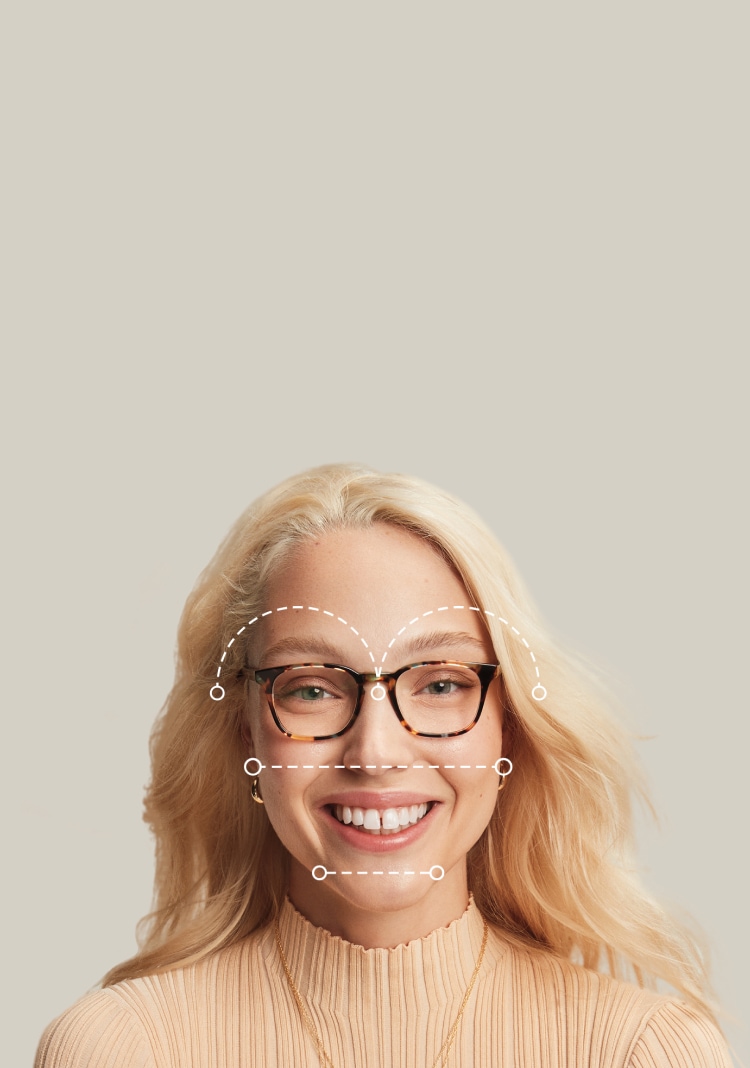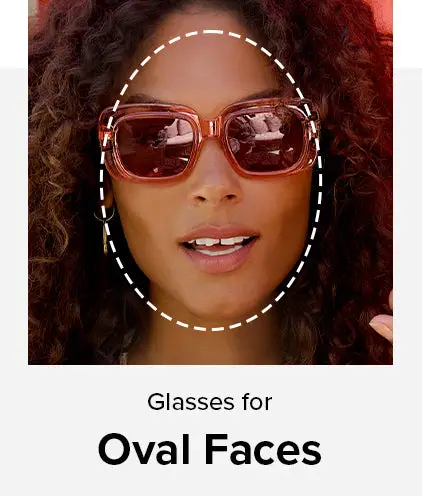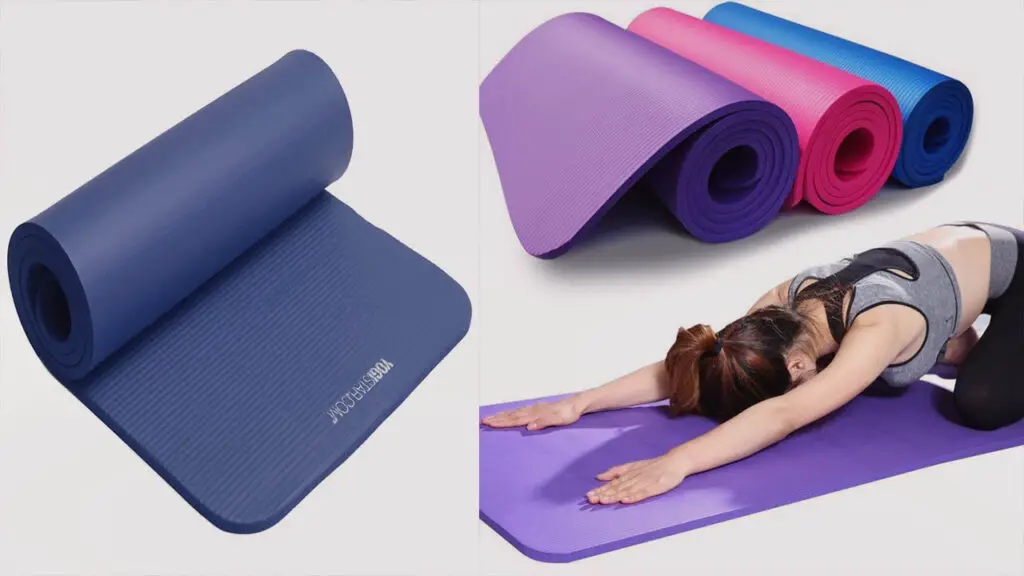Glasses should fit comfortably on your face, with the frame resting on your nose and the temples reaching your ears, without slipping or feeling too tight. Finding the right fit for your glasses is essential for both comfort and effective vision correction.
When your glasses fit properly, they will provide the best vision and ensure that the frames look and feel good. Properly fitted glasses can accentuate your facial features and complement your style. Moreover, the right fit can also prevent discomfort, headaches, and eye strain.
We’ll discuss the key factors to consider when finding glasses that fit your face as well as the benefits of a proper fit. Let’s dive in to discover how glasses should fit on your face for maximum comfort and style.
Understanding Facial Measurements
Properly fitting glasses are essential for both comfort and vision. The key facial measurements for glasses include the bridge width, frame width, and temple length. Accurate measurements ensure that the glasses sit properly without causing discomfort or vision issues. The bridge width determines how well the glasses rest on the nose, while the frame width should align with the width of the face. Temple length affects how the glasses sit on the ears.
Choosing The Right Frame For Your Face
When choosing glasses, it’s important to consider how they fit on your face. Frames that complement your face shape can enhance your appearance. For round faces, angular frames can add definition, while oval faces suit most frame shapes. When it comes to frame size, it should be in proportion to your face, and the fit should be comfortable without slipping. Look for frames that align with your eyebrows and don’t touch your cheeks. Getting the right fit is crucial for comfort and optimal vision. Consider visiting an optician for professional advice on selecting the perfect frames for your face.
Adjusting And Maintaining Proper Fit
Properly fitting glasses are crucial for both vision correction and comfort. It is important to seek professional fitting to ensure the frames are suitable for your face shape and size. Ill-fitting glasses can cause discomfort and may even affect your vision. To maintain a comfortable fit, regularly visit an optician to adjust and tighten the frames as needed. Additionally, ensure the arms of the glasses do not press too firmly against your temples, and the nose pads should sit comfortably without leaving marks on the skin. By prioritizing professional fitting and regular maintenance, you can enjoy optimal comfort and clarity while wearing your glasses.

Credit: www.zennioptical.com
Frequently Asked Questions On How Should Glasses Fit On Your Face
How Should I Measure My Face For Glasses?
To measure properly, start with the width of your face, then measure the distance between your pupils, and finally, measure the height of your face. Use these measurements when purchasing glasses for the perfect fit.
What Are The Key Factors For A Comfortable Fit?
Key factors include the bridge fit, which should sit comfortably on your nose, the temple arms should be the right length, and the frames should not touch your cheeks or eyelashes. Additionally, ensure the width of the frame is proportionate to your face.
Are There Different Frame Styles For Different Face Shapes?
Yes, there are different frame styles for various face shapes. For round faces, angular frames work well, while oval faces suit most frame styles. Rectangular or square frames can complement a heart-shaped face. It’s important to find the right match for your features.
What Are The Signs Of An Improper Fit?
Indications of an improper fit include frames that constantly slide down, leave marks on your nose, or cause headaches. Additionally, if the frames feel too loose or too tight, it’s a sign that the fit is not suitable for your face.
Conclusion
To sum up, finding glasses that fit properly is crucial for comfort and functionality. Ensuring the frame width aligns with your face width and the nose pads sit without pressure are key factors. By following these guidelines, you can choose glasses that not only enhance your visual acuity but also complement your facial features.



